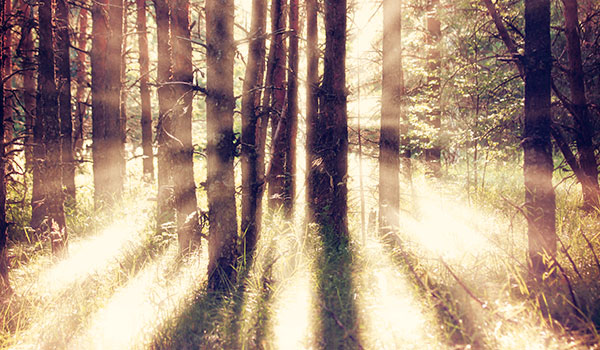What is Vipassana?
Vipassana literally means “to see things as they really are“ and is an ancient meditation practice taught in India more than 2500 years ago. It was revitalized and made popular by the Buddha but has only been in vogue in the west for the last 20-30 years. It is a form of mindfulness practice that teaches non-reactive, dispassionate observation of whatever experience one is having, positive and negative, without judgment or reaction.
The idea is that one then learns to be ‘equanimous’, in a state of perfect inner balance and harmony, as a result. The course itself is taught as a 10 day residential retreat which is completely free, including accommodation and food, and the cost is met by donations from people who have benefited from completing it and want to give others the chance to as well.
‘Noble Silence’
For the whole time there we had to observe what is called ‘Noble Silence’ which involved no talking or any form of communication, even eye contact, with any other person apart from a five minute chat to the teacher every day. This became strange at times and had some unforeseen effects; every sound became amplified, every burp, sigh, cough, or sneeze in the meditation hall, for example, would sometimes make me feel very irritated.
On one occasion I was lying awake in my dormitory and heard the man next to me talking loudly in his sleep, uttering the words “stay on the path” over and over again. Our innate desire to communicate has to be met, and our voice heard, in some way or another!
The rules were strict and this sometimes felt difficult. Our phones were taken from us at the beginning and we were not allowed to read, write, listen to music, practice yoga, or have anything that might distract us from the practice. We had to meditate exactly as the teacher asked, without ignoring any part of the instructions or adding anything to them, even if it meant that we remained in positions that were very uncomfortable for us for hours on end.
Meditating for 10 hours a day
In total, we had to meditate for 10 hours a day, individually and in a group, interspersed by a break for breakfast, lunch, a very light early evening meal and a discourse by the teachers — continuous practice is thought to be the route to success. The sound of a gong marked all the points of the day, waking us up at 4 every morning and sounding the time for bed at 9.30 in the evening. Most nights I was out like a light by then.
The technique itself involved observation of the breath for the first three days, then the bodily sensations for the next six. During the first phase we were instructed to focus all our attention on the flow of respiration through the nostrils. I became acutely aware of the incessant’ buzzing’ of my thoughts but managed to bring myself back from them by re-focusing on the breath.
‘Strong Determination’
From about the fifth day onward we spent hours each day in what is called ‘Strong Determination’. This meant that we weren’t allowed to move, and involved just observing sensations that came up as we shifted our awareness from the top of our heads to the tip of our toes, and in reverse, without resisting or distracting ourselves from any pain or feeling. This was definitely the most challenging part of the course for me and it was physically difficult to stay with the discomfort which at times seemed unbearable.
Feelings of anger and resentment arose in the form of resistance to the process and I even contemplated leaving. But as the days went on I somehow began to resist less and allow myself to be more accepting of what I had previously viewed as suffering.
This was a challenging experience but a very worthwhile and interesting one — without the distraction of communication I got to clearly observe the wild workings of my own mind. It was probably made more difficult though by the fact that I had never meditated before and I would certainly recommend that people build up to such a retreat more gradually than I did.
Sometimes, the hardest thing to do is learn empathy for oneself; it’s something I can do for others quite easily but often not for myself. The experience of this practice, however, enabled me to do just that in the months that followed.

